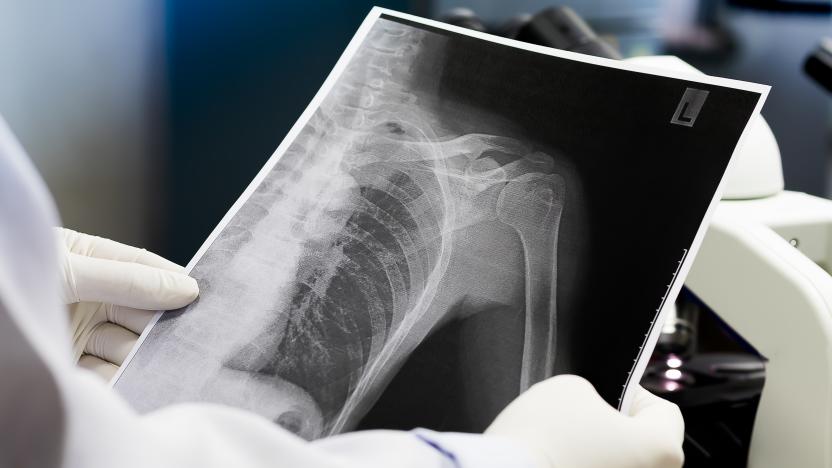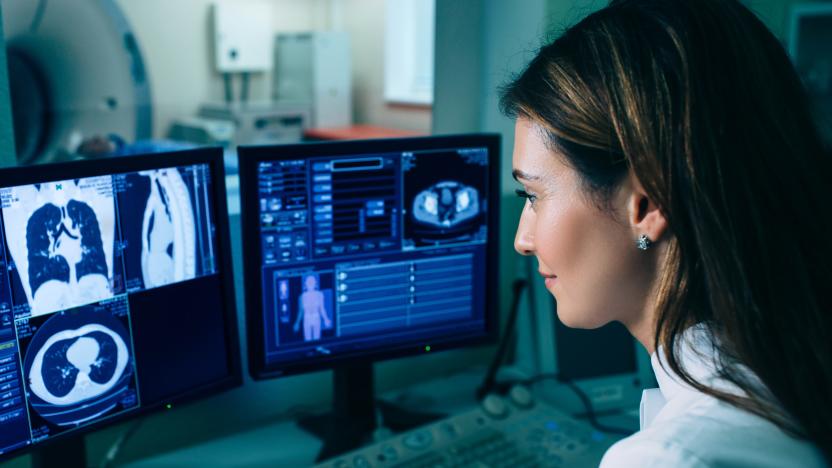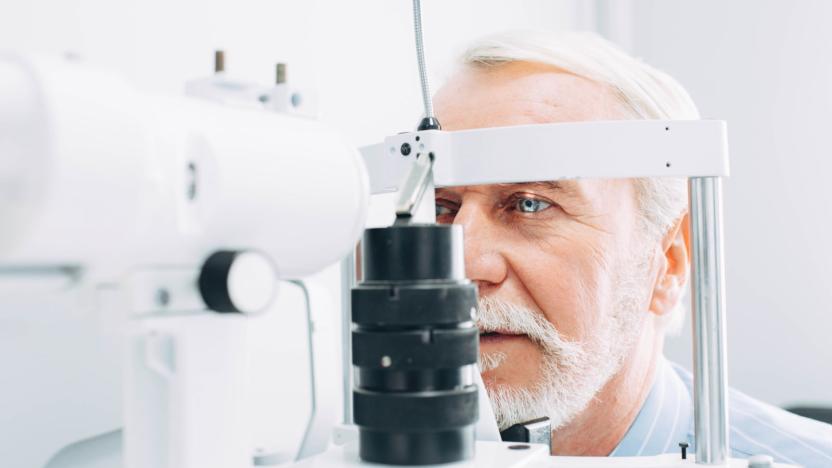diagnose
Latest

MIT AI system knows when to make a medical diagnosis or defer to an expert
MIT's machine learning system knows when to make a medical diagnosis and when to ask for human assistance.

Mount Sinai’s AI can diagnose COVID-19
Researchers from Mount Sinai believe they are the first in the US to use AI, combined with imaging and clinical data, to diagnose COVID-19.

This eye-tracking system uses AI to monitor multiple sclerosis
For decades, doctors have used eye movement to quickly triage brain health, as eye movement patterns can point to conditions like concussion or stroke. Now, C. Light Technologies, a neurotech and AI company that grew out of the Berkeley Skydeck accelerator, wants to help doctors diagnose neurological conditions with more speed and precision. The company has developed an eye-tracking technology paired with machine learning that can be used to monitor multiple sclerosis (MS).

Inhabitat's Week in Green: solar supertrees, pee-powered plasma and a bug-eyed mantis shrimp with a serious right hook
Each week our friends at Inhabitat recap the week's most interesting green developments and clean tech news for us -- it's the Week in Green. It's been a big week for energy-efficient breakthroughs in the scientific community. Scientists at MIT developed a new type of textured nano surface that could reduce the thickness of silicon used in solar panels by more than 90 percent, bringing down the cost of photovoltaic technology. Meanwhile, in the land down under, researchers at the Australian National University are working on a pee-powered plasma thruster that could make deep space missions more feasible. Also this week, a team of engineers from MIT developed a new glucose fuel cell that runs on the same sugar that powers the human body and could be used for brain implants.

KisMAC dev calls it quits
Reader Andrew dropped a note that Michael Rossberg, developer of KisMAC, the wireless network sniffer based on Kismet, has declared the project discontinued. I can't get the project's website to load (most likely because it's been Slashdotted), but apparently the reason Rossberg gave was that a change in Germany's laws would make it dangerous for him to continue working on it. The law apparently makes it illegal for anyone to sniff out a password that "allows access to data", and since that's a big part of KisMAC's function, Rossberg is calling it quits.But he is asking for interested parties to continue his work, in the EU or the US, so if the site ever returns, feel free to grab the source and check it out yourself. Of course, from what Slashdot commenters are saying, this isn't much of a loss anyway-- the program hasn't seen any real updates in a long time, and apparently it didn't even work with the new MacBooks. In terms of network finders, there's lots more to choose from (including iStumbler, which I didn't mention in the other article), but in terms of cracking WEP and WPA keys (legally, of course), are there any other OS X specific options out there?Update: Clarification: the program will run on MacBooks, but it doesn't do anything but find networks, which is just a fraction of the intended functionality.

University: Gaming addiction is real but over-diagnosed
Research at the U.K's University of Bolton says that gaming addiction may be over-diagnosed up to 10 percent of the time because indicators that were previously thought to relate to a gaming addiction had been borrowed from gambling addictions; what are the odds? Those markers may not translate between the two behavior patterns as well as previously thought. 10 percent doesn't sound like a major mistake -- unless you're in that group -- but the study balances some recent reports that hype and overstate the problem. (Oh Tyra, we thought you were better than the local news.) Still, the research stresses that gaming addictions are real.See also:Game addiction battled with silent soundDutch game addiction clinic is "swamped"Gamer addiction patient says he "peed in a bottle"Faux News investigates WoW addiction
